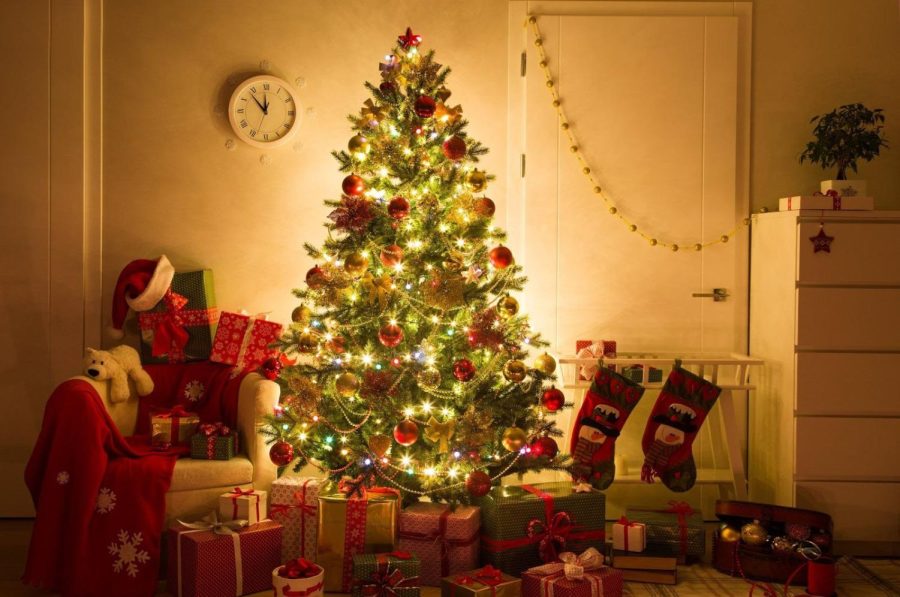The history of Christmas
December 14, 2021
With Christmas just around the corner, we prepare for the universally-loved holiday season and celebrations. Christmas has remained for centuries as one of the most important and cheerful holidays across the globe. It is one of the best-known holidays throughout the world, however, the history of Christmas traditions is far from what you’d expect.
The earliest dated roots of the Christmas season come from ancient Rome, but they didn’t actually originate from early Christians. In fact, the holiday came from pagan celebrations of the winter solstice around the fourth century. Pagans in ancient Rome celebrated the solstice primarily with a feast called Saturnalia. This feast and celebrations around it held many traditions that evolved into many modern practices we have today. These include ornaments, Christmas trees, gift-giving, and the hanging of mistletoe.
First off, let’s look at the why and how these traditions were formed. Christmas trees are one of the most iconic symbols of Christmas and the season of giving. Originally, evergreen trees were symbols of the return of life to the land and the waning of the winter season. Along with this, pagans decorated the trees with fruits.
“They started to hang an apple on it, so little red balls on green trees — get the picture here? … So all of these things celebrate the idea that life and light are coming back into the world, which is essentially what Christmas means to Christians around the world.” said historian Kenneth C. Davis in an interview with “CBS This Morning.
Mistletoe, however, was started as a tradition by the Celtic druids. They believed it to be a symbol of peace and an item of good health. People would give the symbol of peace under the mistletoe when coming across each other. Eventually, it became a custom to hang mistletoe above the entrance of their homes as a sign of peace. Despite the peaceful roots of the tradition, the deeply pagan roots and influences led to a ban on the use of mistletoe by English churches.
In fact, many of these traditions were banned or discouraged by different churches across the world. In the 1600s, puritans banned and criticized Christmas itself, however, it had simply become far too popular. The holiday and its widespread traditions had already rooted themselves into different cultures across the world. In the 1800s, Christmas had grown to the point of becoming a national holiday in dozens of countries across the world. Today, 160 countries consider it as a national holiday, while celebrations of the holiday are practiced nearly everywhere.







